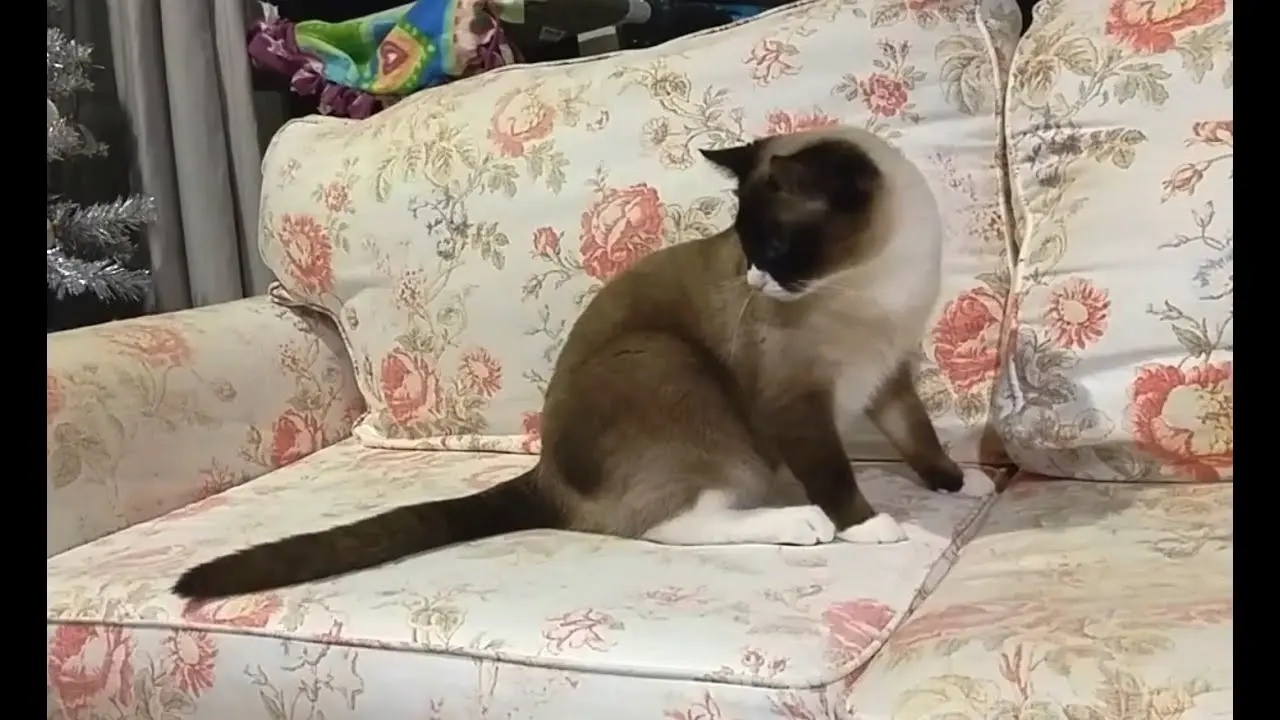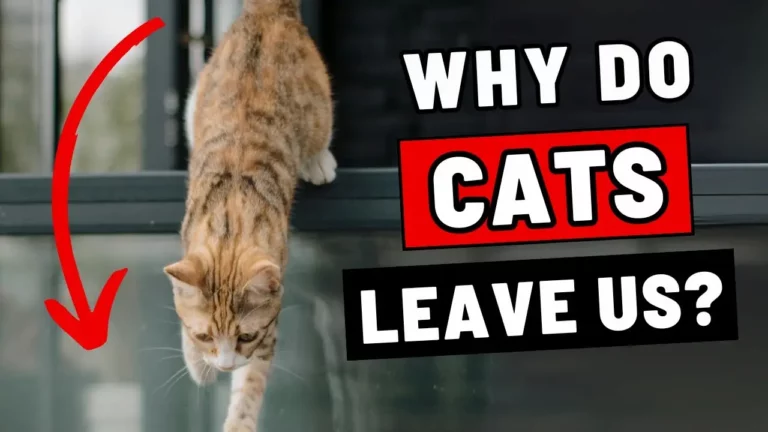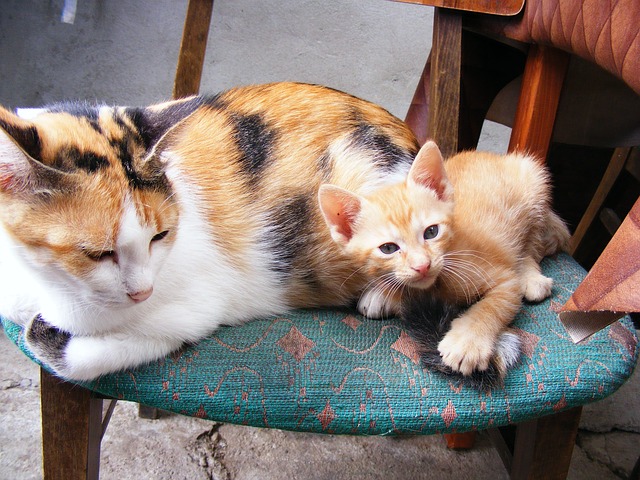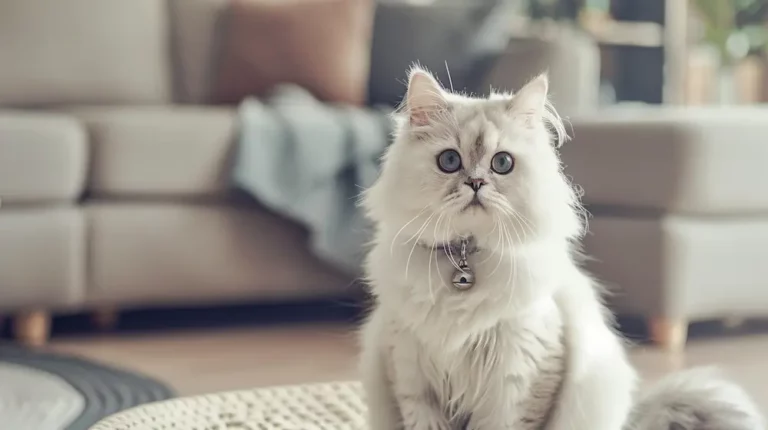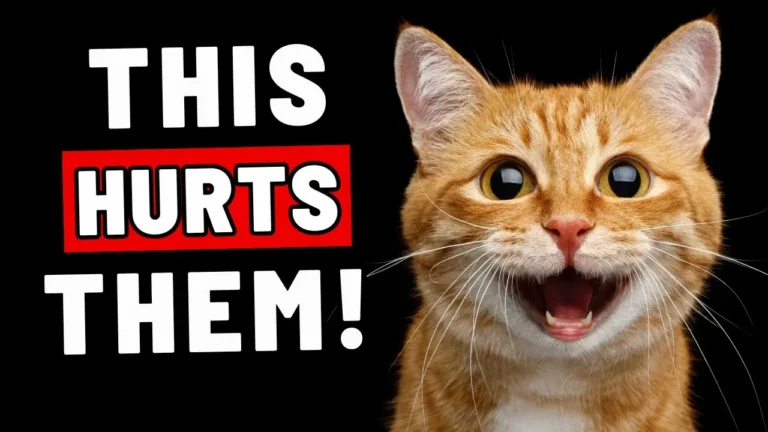Why Cats Chase Their Tails: Explained!
Ever caught your
You’re not alone.
This quirky behavior can be both amusing and puzzling, leaving many
The Basics of Cat Instincts
Cats are natural-born hunters. Even domesticated cats have a strong predatory instinct.
Chasing their tails can be an outlet for those instincts, especially if they’re not getting enough stimulation from their environment. When I see a
Kittens often exhibit this behavior more than adult cats because they’re still honing their hunting skills.
It’s like practice for them.
This instinctual drive is powerful and finds expression in various ways, tail-chasing being one of them.
Common Play Behaviors in Cats
Playtime is crucial for
Tail-chasing falls under the umbrella of play behaviors.
In my experience, cats chase their tails when they’re bored or need to burn off some energy. Providing plenty of toys and interactive activities helps mitigate this habit.
Some cats might even engage in tail-chasing as a way to get your attention—smart little critters, aren’t they?
If you respond every time they do it, they’ll learn it’s a sure way to make you look their way.
Why Do Cats Chase Their Tails?
Cats chasing their tails can be a curious and amusing sight.
But have you ever wondered why they do it? Let’s break down the reasons behind this behavior.
Exploring the Psychological Triggers
From my experience, cats often chase their tails due to psychological triggers.
Boredom ranks high on this list.
When cats don’t get enough mental or physical stimulation, they might turn to their tails for entertainment.
This behavior’s more common in indoor cats who lack regular playtime.
Stress and anxiety can also prompt tail-chasing.
Changes in environment, such as moving homes or introducing a new pet, might stress your
Another reason could be attention-seeking.
If your
It’s essential to provide enough interactive playtime and enrichment activities to prevent boredom-related behaviors.
The Role of Hunting Instincts
Now let’s talk about hunting instincts.
Cats are natural hunters—it’s wired into their DNA.
Chasing anything that moves is part of honing those skills, and sometimes, their own tail becomes the target.
Kittens especially display this behavior as they practice pouncing and swatting—skills crucial for catching prey in the wild.
But, it’s not just kittens; adult cats may also indulge in tail-chasing when they’re feeling playful or need an energy outlet.
Sometimes, medical conditions like flea infestations or skin irritations can cause cats to chase their tails.
Always check for underlying health issues if this behavior seems excessive or obsessive.
Summarizing, understanding why cats chase their tails involves looking at both psychological factors and innate hunting drives.
Health Implications of Tail Chasing
It’s not uncommon to see a
But when this behavior crosses into obsession, it may signal health issues.
When to Consult a Veterinarian
You might wonder when it’s time to get worried about your
In my experience, if your
Excessive tail-chasing can be a sign of pain or discomfort. Sudden changes in behavior often indicate something’s off.
Have you noticed any other symptoms?
Things like excessive grooming, vomiting, or changes in appetite should prompt a visit to the vet.
Possible Underlying Health Issues
There are several medical conditions linked to obsessive tail-chasing.
Flea infestations are one common culprit; cats bite at their tails trying to relieve itchiness.
I remember treating a
Allergies could also be at play, causing itching and irritation.
Another condition to consider is
It’s less common but worth mentioning since those cats display erratic behaviors involving their tails.
They might suddenly dash around or seem hypersensitive to touch along their backs and tails.
Finally, neurological issues can’t be ruled out.
Sometimes seizures manifest as odd behaviors like repetitive tail-chasing.
If you’ve tried addressing potential allergens and pests without success, neurological exams may reveal underlying problems needing attention.
When you notice such persistent behavior, it’s essential not just to brush it off as quirky catantics but maybe something requiring professional medical insight.
Solutions and Preventive Measures
Got a
Training Tips to Reduce Tail Chasing
First off, distract ’em. When you spot your
Works like a charm most times. But consistency is key here; make it part of your routine.
Positive reinforcement? Always my go-to.
Every time they stop chasing their tail when you intervene, give them a treat or some loving. They’ll start associating the action with good stuff and might just chill out on the tail-chasing front.
Then there’s playtime.
Cats need daily exercise, especially indoor ones who don’t get to hunt outside. Use feather wands or laser pointers for 10 to 15 minutes twice a day. It’ll burn off that excess energy and keep them mentally sharp.
How ’bout training tools? Clicker training works wonders for more persistent cases. It’s simple: click when they do something right, then reward immediately.
Over time, they’ll learn what’s expected without much fuss.
Finally, create a calm environment at home.
Cats don’t handle stress well (who does?), so if there are changes like new pets or moving houses, try to make those transitions smooth and easy-going.
Environmental Enrichment for Cats
Ever noticed how bored cats act out?
Yep, they need mental stimulation too!
Start by introducing new toys regularly—catnip-filled mice or puzzle feeders are fantastic options.
Scratching posts aren’t just for saving your furniture; they’re also great for keeping cats active and engaged. Place them in different spots around the house to add some variety.
Climbing towers and window perches give cats a different perspective of their world, which they love. Position these where they can see outside—it’s like kitty TV!
Rotate toys weekly so they feel fresh and exciting each time your
Interactive play is crucial as well.
Spend quality time engaging in activities that mimic hunting behaviors—chasing strings or batting at moving objects keeps both their minds and bodies active.
Don’t forget about sensory enrichment either—a little bit of classical music or nature sounds can soothe an anxious kitty or add another layer of interest to their day-to-day life.
Conclusion
Don’t forget the importance of environmental enrichment.
Simple additions like new toys or climbing towers can make a big difference in your
With a little effort and creativity, we can keep our cats mentally stimulated and physically active, reducing unwanted behaviors like tail-chasing.
